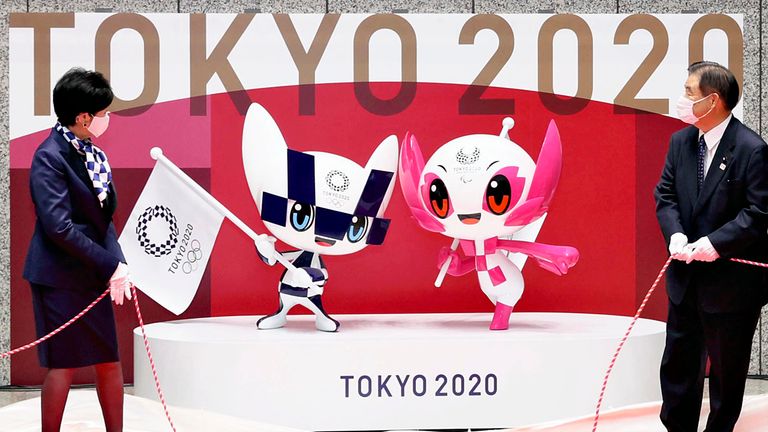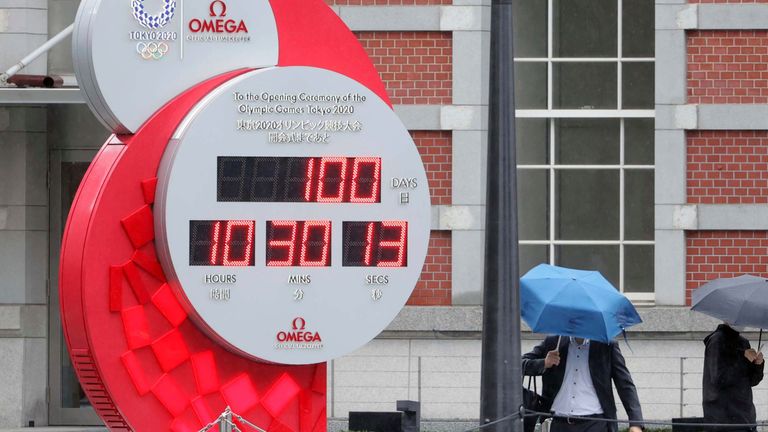
By Dr Alfredo Carpineti15 APR 2021, 19:00
Last October, scientists announced the creation of ultra-white paint so reflective it could be used to keep surfaces and even entire buildings cool. That breakthrough really pushed the envelope on new ways to fight global warming. Now, they've produced an even whiter paint.
The ultra-white paints are considered the opposite of vantablack, which absorbs 99.9 percent of light. They reflect so much light that a surface painted with them actually ends up being cooler than the ambient temperature around them.
The paint revealed in October was based on calcium carbonate (CaCO3), the mineral that makes chalk. It had a reflectance of about 95.5 percent, meaning that less than 5 percent of sunlight hitting it would be absorbed as heat.
The new one, detailed in the journal ACS Applied Materials & Interfaces, uses barium sulfate instead, something that is already employed commercially in paper and cosmetics. The team estimates that 98.1 percent of sunlight is reflected back by the new paint, meaning only 1.9 percent of heat is absorbed.
“In our experiment, the new paint doubles the cooling power of the previous one,” senior author Professor Xiulin Ruan from Purdue University told IFLScience.

Tests have shown that during strong sunlight noon hours material covered in the new paint was 4.4°C (8°F) cooler than ambient temperature. At night, the material kept a temperature of 10.5°C (19°F) below the surrounding areas.
This extraordinary ability to cool could be a game-changer in the fight against global warming. This paint could be used to cool buildings instead of air conditioners.

The whitest white paint square seen with a normal camera (left) and in infrared (right). The infrared shows the temperature difference with the whitest paint cooling not only itself but also the board it is attached to. Image Credit: Purdue University/joseph peoples
“Conventional air conditioners consume power that is often from burning fossil fuel. Meanwhile, while they move the heat from inside of a house to the outside, they turn the electricity into heat and leave even more heat to the ambient and earth, further causing a heat island effect and warming up the Earth,” explained Professor Ruan to IFLScience.
“In contrast, our paint does not consume any power, and directly sends off all the heat to the deep space, hence helping cooling down the Earth. According to a previous model, painting 0.5-1% of the Earth's surface (roofs, roads, cars, unused land, etc) with our paint will stop the warming trend.”
While painting that fraction of the Earth's surface might be very difficult, employing the paint on human-made structures could still have a major impact. The team has shown that the barium sulfate paint can handle outdoor conditions and is compatible with standard commercial paint processes. A patent h.as also been filed for the paint. If and when available for commercial use, this could be a simple solution towards combatting and mitigating the complex issue of global warming.e paint. If and when available for commercial use, this could be a simple solution towards combatting and mitigating the complex issue of global warming





















/cdn.vox-cdn.com/uploads/chorus_image/image/69125548/1231835315.0.jpg)

